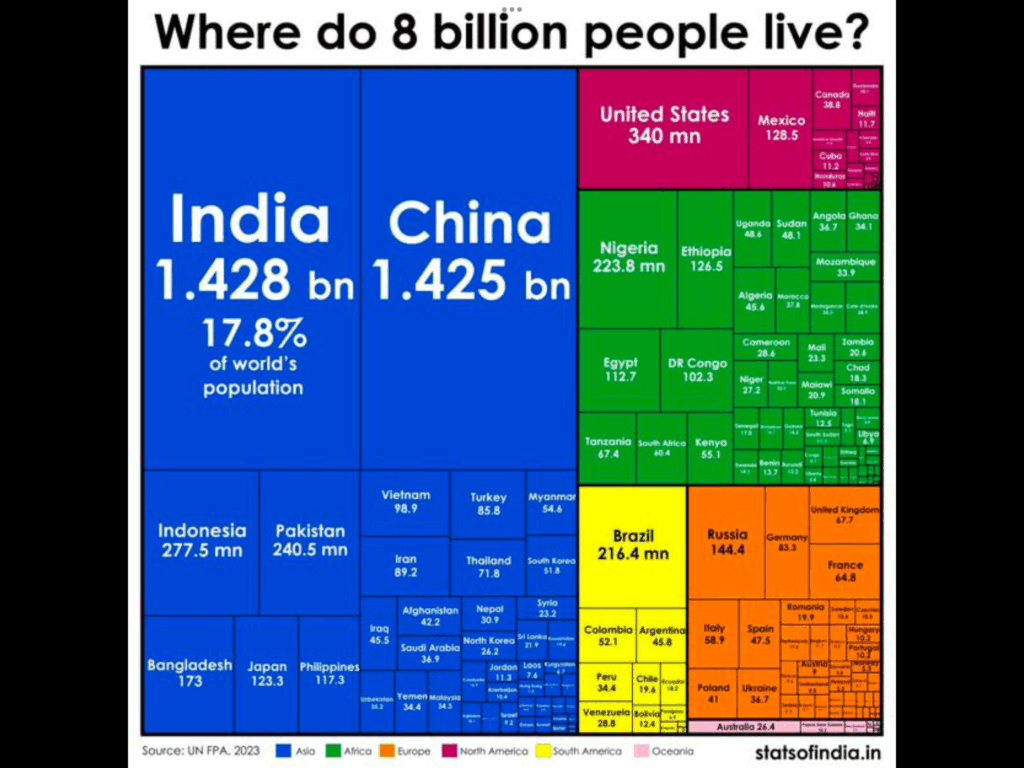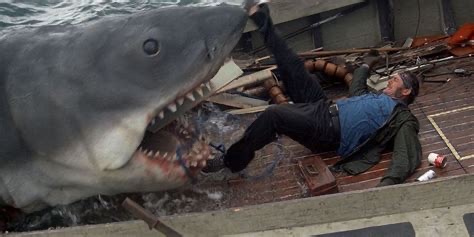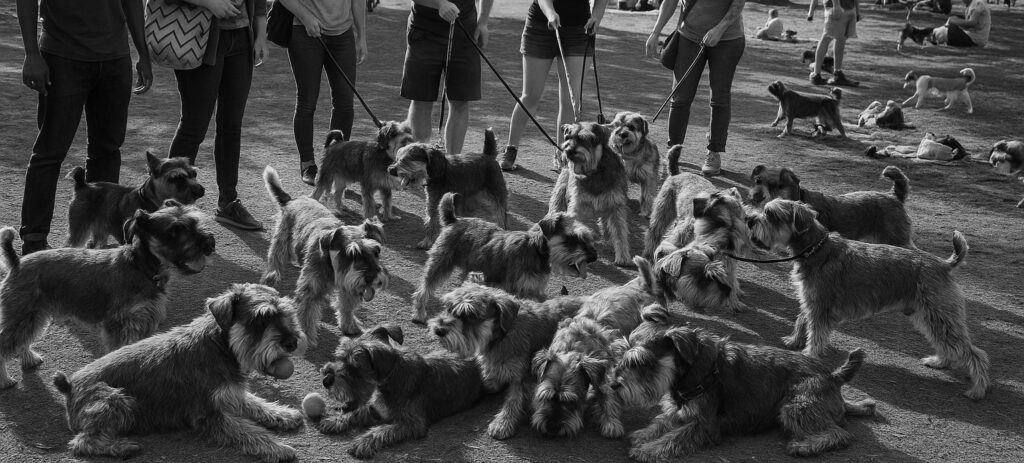Death Takes a Holiday (and a Back-End Deal)
I know that people used to die in the movies. I’ve seen it.
In Jaws, the shark bit Quint in half. There was no getting him back. Just a final scream, some crushed ribs, and a bellyful of gristle for the great white. It was final. It was brutal. It was the movies.
But that was then.
Now? Quint’s probably getting his own prequel series. A gritty reimagining of his years aboard the USS Indianapolis, starring some Chris or Hemsworth or hybrid of both. Death doesn’t end stories anymore—it greenlights them.
Dying, in Hollywood, has become non-lethal.
You can blame—or credit—any number of sources. The resurrection of Spock in Star Trek III. The never-ending murders of Freddy Krueger, Jason Voorhees, and Michael Myers. James Bond, blown to bits in one film and sipping a martini in the next.
Don’t get me started on superheroes. Dying is just part of their training montage. And with a handy multiverse, even the past need not be a nuisance.
Once, character death meant something. It was punctuation. A period. A warning that the stakes were real and the story mattered. Now it’s a comma. Or a mid-credit scene.
The shift started subtly. Serial heroes like Tarzan and Zorro in the 1930s never aged, never bled, never lost. But they weren’t killed and brought back—they simply never died.
That changed in the blockbuster era, when audiences began to accept, even expect, that no matter what happened, a franchise could retool itself.
Studios noticed. They had no reason not to. When killing off Superman in the comics sold millions, they saw something profound: death doesn’t end narrative—it extends it. It sells T-shirts. It creates buzz. It gives you a chance to “go darker” in the next one.
That’s when death stopped being a plot point and became a marketing strategy.
And maybe that’s the real change: we’ve stopped mourning our favorite characters because we know they’re not really gone. They’re on a break. Doing yoga between trilogies. Waiting for the next reboot, spinoff, or timeline retooling.
It’s not just that Hollywood doesn’t believe in death. It doesn’t need it. Not when you can resurrect anything with CGI, a new actor, or a well-funded nostalgia campaign.
So yes, people still die in the movies. But only the extras. Only the ones without merchandise.
Quint? He didn’t die. He just hasn’t been retooled yet.
And when he does return, I bet he’s got a revenge story. And streaming residuals.
Open Letter to A Puppy: Mustache Day
My dark and milk chocolates,
Today was Schnauzer Meetup Day, and I failed you.
The park was overrun—hundreds of identical, yippy dogs and their camera-laden humans forming what can only be described as a mild suburban coup.
No notice. No warning. Just schnauzers, everywhere, like someone cracked open a piñata full of fiddle outfits, bandanas, and clickbait.
We stayed, of course. We always do. You two held your ground like pros.
Jadie, you photobombed every schnauzer picture within a twenty-yard radius. Somewhere out there, a dozen Instagram accounts have you grinning in the background like a furry anti-influencer, a one-dog counterprotest to the schnauzerfication of public space.
And better yet, you worked the crowd. You’d sidle into a treat-stuffed tableau, tilt your head just so, and get paid in liver bits and duck nuggets. You were mugging-as-a-service.
Charlie, you stuck close. No costumes, no crowd work, just quiet loyalty and a running commentary of side-eye.
I saw your look when they brought out the group shot—the disdain for breed purity and its country-club exclusivity. You’ve got no time for velvet ropes at the water bowl.
I looked it up: “Schnauzer” means “mustached one” in German. That tracks. The whole event felt like a grooming cult. A field of mustaches on legs.
Every dog looked like it was waiting to be knighted for its service to barkdom. If the American Kennel Club handed out monocles, this would’ve been their gala.
And the sounds. Schnauzers don’t bark. They self-identify via squawk, like broken typewriters protesting their workload. A group of them shrieked at a butterfly and then turned on each other. It was performance anxiety in a minor key.
But here’s what gets me: the sameness. The croutoning of the dog world. Who wakes up thinking, “I wish I could spend the afternoon with 150 versions of my own dog”?
Difference is the oxygen of good days. Jadie’s bear-growl muttering. Charlie’s sideeye stares. The unexpected grammar of dogs being themselves.
So no, we didn’t flee. We endured. Because joy doesn’t evacuate. Joy stands its dusty ground.
Next week, the park will clear. The monocled masses will recede into their schnauzer lairs.
But today, you both made a statement. A photobomb and a quiet hangdog—protests in their own dialects.



